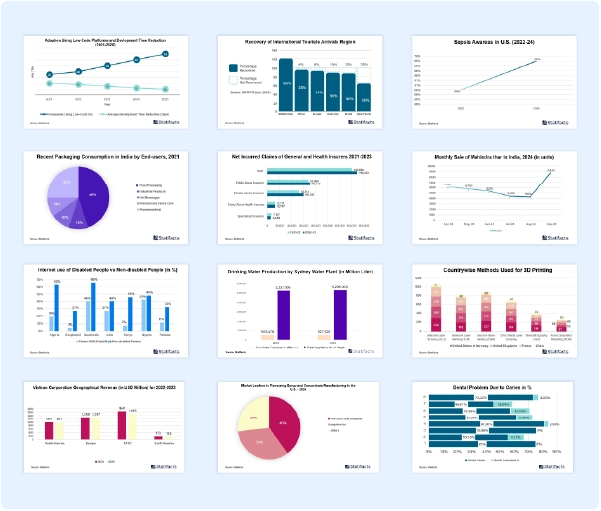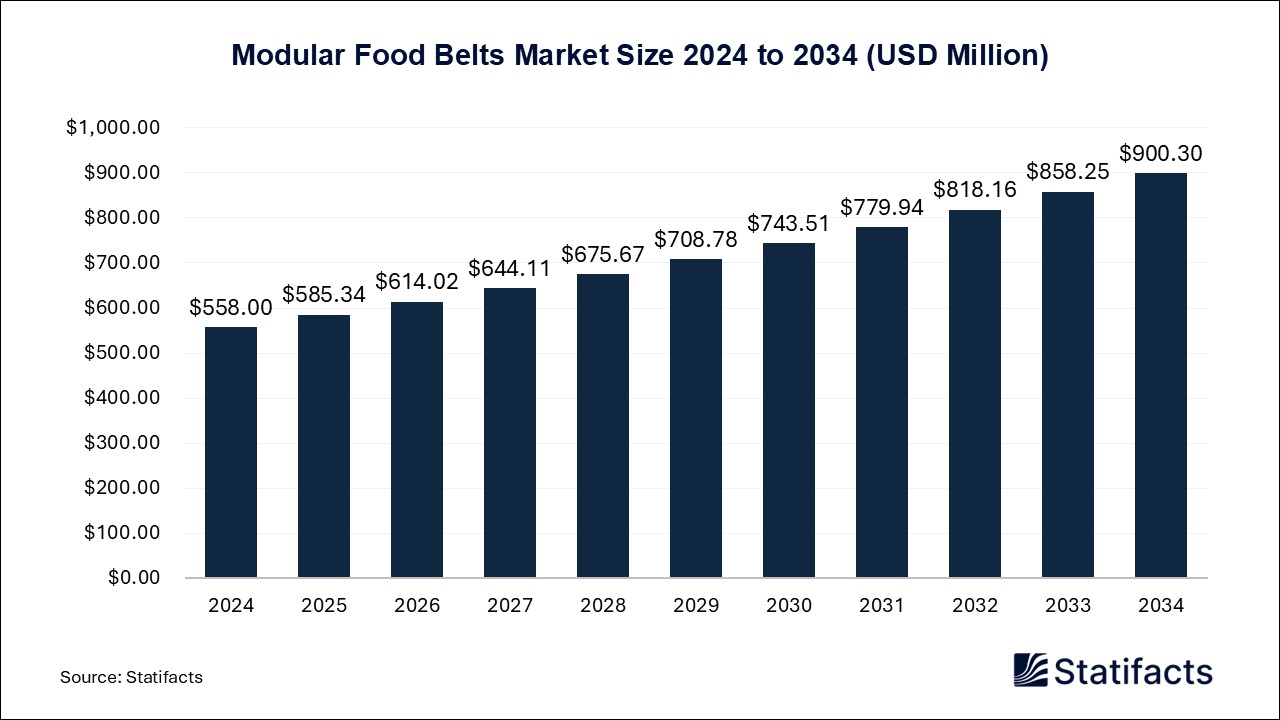

Our customers work more efficiently and benefit from
The global targeted protein degradation market size surpassed USD 546 million in 2024 and is predicted to reach around USD 3,643 million by 2034, registering a CAGR of 20.9% from 2025 to 2034.
| Industry Worth | Details |
| Market Size in 2025 | USD 660Million |
| Market Size by 2034 | USD 3,643 Million |
| Market Growth Rate from 2025 to 2034 | CAGR of 20.9% |
The targeted protein degradation market refers to the production, distribution, and application of targeted protein degradation (TDP) which is a new drug discovery strategy that eradicates the problem proteins from cells by hijacking cellular degradation processes with small molecules. Protein degradation is an omnipresent mechanism that maintains cell integrity by reducing damaged organelles, and misfolded and damaged proteins from the cells and regulates many cellular processes related to them. Targeted protein degradation (TDP) has revolutionized drug discovery by selectively eliminating specific proteins within and outside the cellular context. Over the past two decades, TPD has expanded its focus beyond well-established targets, exploring diverse proteins beyond well-established targets, exploring diverse proteins beyond cancer-related ones.
Proteins are marked for degradation by the attachment of ubiquitin to the amino group of the side chain of a lysine residue. Such polyubiquitinated proteins are recognized and degraded by a large, multisubunit protease complex, called the proteasome. Protein degradation is the process by which proteins are naturally destroyed in a cell in order to maintain protein homeostasis or an equilibrium of proteins in the human body. The body is constantly marking and remarking proteins, while also removing ones that have become inactive or mutated.
Advances in biotechnology and drug discovery driving the growth of the targeted protein degradation market. The biotechnology and pharmaceutical industries have experienced remarkable advancements that have revolutionized the medical landscape. These sectors play an important role in developing life-saving drugs, innovative therapies, and innovative research to combat diseases and enhance overall healthcare. Modern biotechnology can be used to manufacture drugs more easily and cheaply, as they can be produced in larger quantities from existing genetic sources.
Genetic diagnosis involves the process of testing for suspected genetic defects before administering treatment through genetic testing. The discovery of a new drug molecule is required for treating a disease or illness for which no other treatment exists or it provides additional benefits over the prevailing treatments like higher therapeutic efficacy, lesser adverse effects, enhanced amenability, and fewer drug-drug interactions. Biotechnological models are a potent approach to drug discovery.
Researchers are now using new biotechnology models to discover new drugs for diseases. The discovery of new drugs involves the discovery of a protein that will improve and enhance treatment to better human lives. AI facilitates the identification of optimal drug candidates, provides unprecedented insights into many diseases, and efficiently manages extensive patient datasets. These potentials are driving transformative change across the pharmaceutical landscape.
Increasing investment in research and development drives the growth of the targeted protein degradation market. Rising investment in research and development (R&D) benefits include advancements in marketing abilities, cost management benefits, increased market participation, and trend-matching are all reasons companies invest in R&D. R&D can lead to innovations in business. These may be in terms of new products and services, enhanced processes, and new ways to interact with customers. These innovations can result in greater profits and lower costs. The benefits of increased investment include tax advantages, better options than savings accounts, market performance, growth potential, combined passion with financial growth, regular income, and growth of wealth.
Investing in research and development (R&D) is a direct contributor to total global success for many reasons. R&D drives innovation, improves competitive benefits, facilitates market expansion, and contributes to suitable development.
For any questions about this dataset or to discuss customization options, please write to us at sales@statifacts.com
| Stats ID: | 8158 |
| Format: | Databook |
| Published: | April 2025 |
| Delivery: | Immediate |
| Price | US$ 1550 |



| Stats ID: | 8158 |
| Format: | Databook |
| Published: | April 2025 |
| Delivery: | Immediate |
| Price | US$ 1550 |

You will receive an email from our Business Development Manager. Please be sure to check your SPAM/JUNK folder too.

Unlock unlimited access to all exclusive market research reports, empowering your business.
Get industry insights at the most affordable plan
Stay ahead of the competition with comprehensive, actionable intelligence at your fingertips!
Learn More Download
Download
